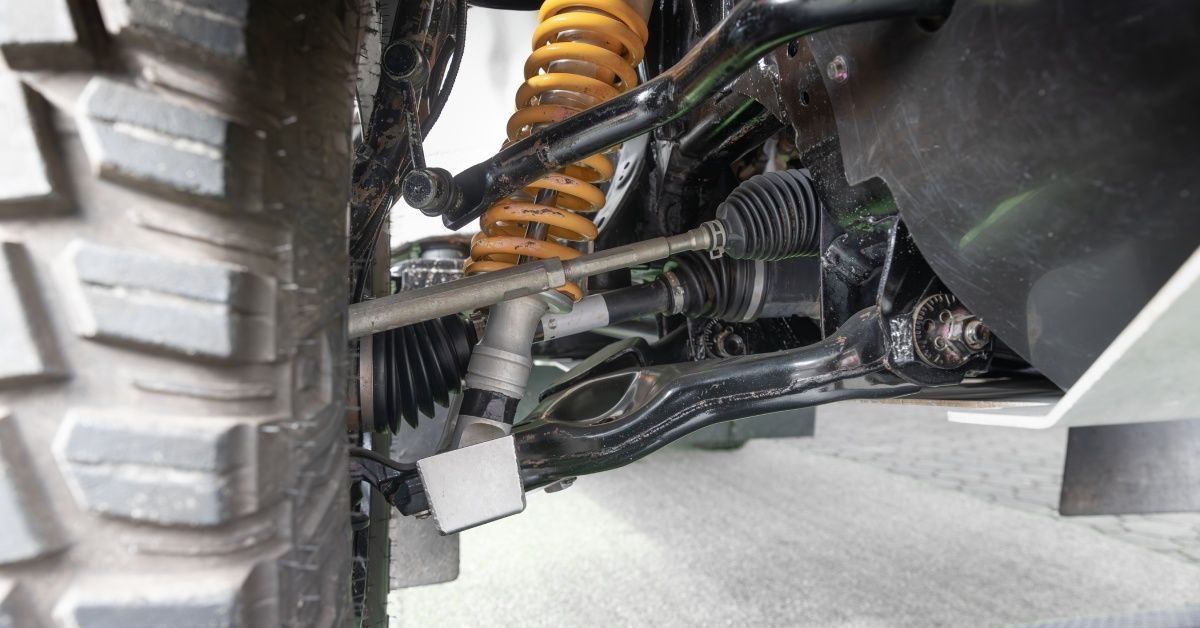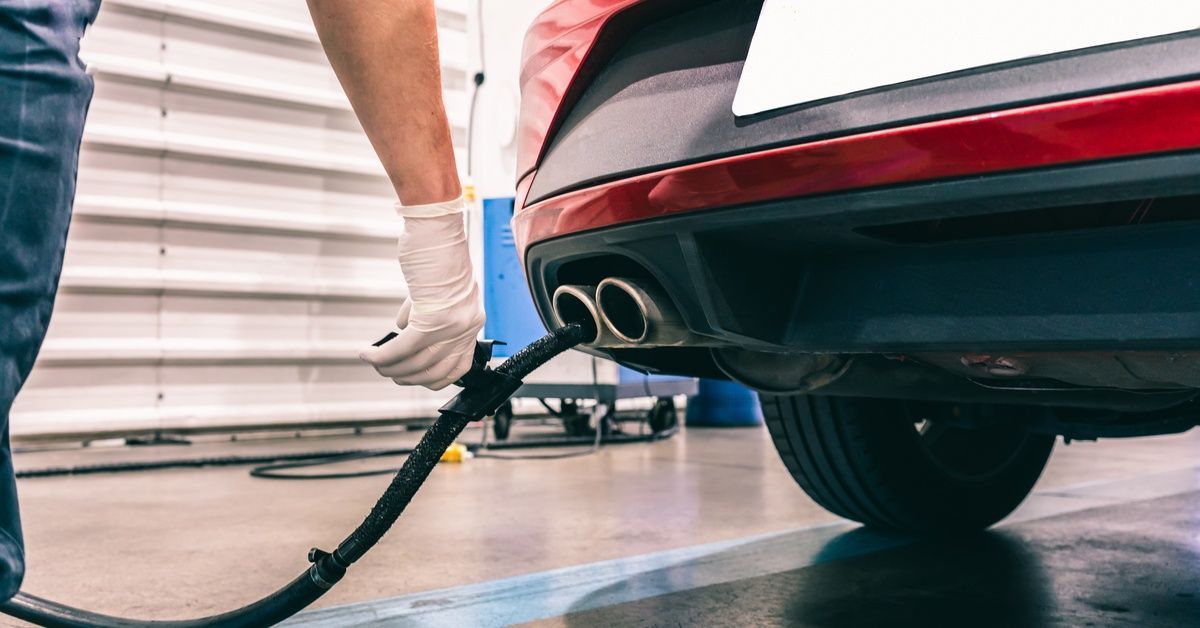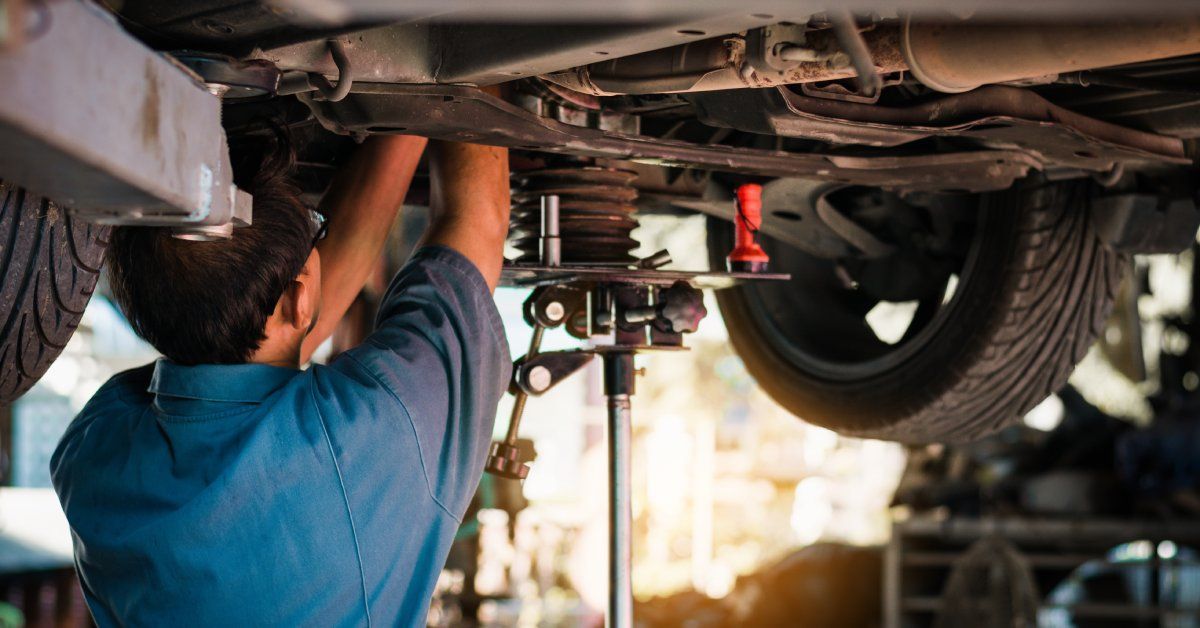Problems To Check With a Squeaking or Clunking Suspension
Your car’s suspension system works tirelessly to provide a smooth, controlled ride, but when components begin to wear out, they often announce their distress through distinctive noises. Understanding what causes these sounds and learning which problems to check with a squeaking or clunking suspension can save you from expensive repairs and potentially dangerous driving conditions.
Understanding Your Suspension System’s Components
Your vehicle’s suspension system comprises multiple interconnected parts that work together to absorb road impacts and maintain tire contact with the pavement. Shock absorbers and struts control vertical wheel movement, while springs support the vehicle’s weight and absorb energy from road irregularities. Ball joints connect the control arms to the steering knuckles, allowing for smooth steering and suspension movement.
Additional components include sway bar links that reduce body roll during cornering, control arm bushings that provide cushioned mounting points, and various rubber isolators that minimize vibration transfer. Each of these parts plays an important role in your vehicle’s handling characteristics and ride quality. When any component begins to fail, it can create distinctive noises that serve as early warning indicators.
Squeaking Sounds
Squeaking noises from your suspension often indicate metal-on-metal contact or deteriorated rubber components. These high-pitched sounds typically become more pronounced during specific driving conditions, such as turning, braking, or traveling over uneven surfaces. The timing and location of these squeaks can provide valuable clues about which components require attention.
Shock Absorber Wear and Tear
Worn shock absorber mounts commonly produce squeaking sounds, particularly when the rubber isolators deteriorate and allow metal components to rub against each other. These mounts support a lot of weight while accommodating constant movement, making them susceptible to premature wear. Ball joints also generate squeaking noises when their protective boots tear and allow dirt and moisture to contaminate the internal lubricants.
Sway Bar Problems
Sway bar bushings represent another frequent source of squeaking sounds. These rubber components endure constant flexing as your vehicle navigates corners and road irregularities. Over time, they harden and crack, losing their ability to provide smooth, quiet operation. Control arm bushings also experience similar deterioration patterns and can produce squeaking sounds that intensify during acceleration, braking, or steering input.

Clunking Noises
Clunking sounds from your suspension system typically indicate more severe wear or component failure compared to squeaking noises. Clunking noises also frequently coincide with handling problems, making prompt diagnosis and repair essential for safe vehicle operation.
Internal Component Failure
Worn shock absorbers or struts commonly produce clunking sounds when their internal components fail or when mounting hardware loosens. These critical components control wheel movement and maintain tire contact with the road surface. When they fail, you may notice clunking sounds accompanied by excessive bouncing, poor handling, and reduced braking effectiveness.
Faulty Ball Joints
Faulty ball joints also create distinctive clunking noises, particularly during steering maneuvers or when traveling over bumps and potholes. These joints allow for smooth suspension and steering movement while supporting substantial loads. When ball joints wear out, they develop excessive play that manifests as clunking sounds and can eventually lead to complete joint separation if left unaddressed.
Damaged Sway Bars
Loose or damaged sway bar links produce clunking noises that become more apparent during cornering or when driving over uneven surfaces. These components connect the sway bar to the suspension, helping to reduce body roll and improve stability. When sway bar links fail, the resulting clunking sounds often accompany increased body lean during turns and reduced overall handling precision.
Environmental Factors Contributing to Suspension Problems
Weather conditions and driving environments greatly impact suspension component longevity and the development of noise-related issues. Cold temperatures cause rubber components to become brittle and crack, while extreme heat accelerates the deterioration of seals and lubricants. Salt exposure from winter road treatments or coastal environments also promotes corrosion of metal components and accelerates wear patterns.
Frequent driving on rough roads, construction zones, or unpaved surfaces subjects the vehicle’s suspension components to increased stress and accelerated wear. Potholes and sharp impacts can damage shock absorbers, bend control arms, or tear protective boots that shield internal components from contamination.

Diagnostic Techniques for Suspension Noise Issues
Professional diagnosis of suspension noises requires systematic inspection and testing procedures. Visual examination reveals obvious signs of wear, such as torn boots, leaking shock absorbers, or damaged components. Physical testing involves checking for excessive play in joints and connections while monitoring for unusual sounds during controlled movements.
Road testing under various conditions helps isolate specific noise sources and correlate sounds with particular driving scenarios. Technicians often listen for noises during straight-line driving, cornering, braking, and acceleration while noting any accompanying handling changes or steering irregularities.
Preventive Maintenance Tips
Regular maintenance helps extend suspension component life and prevents many noise-related issues from developing. Routine inspections allow for early detection of wear patterns before they progress to failure, while proper wheel alignment reduces uneven tire wear and prevents excessive stress on suspension components.
Additionally, regular lubrication of grease fittings, where applicable, keeps moving parts operating smoothly and quietly. Prompt replacement of worn components prevents cascading failures that can affect multiple system elements.
When To Seek Professional Intervention
Certain suspension problems require immediate professional attention to maintain vehicle safety and prevent further damage. Complete loss of shock absorption, excessive wheel play, or steering irregularities indicate potentially dangerous conditions that shouldn’t be ignored. Professional technicians have the specialized tools and expertise necessary to diagnose complex suspension issues accurately.
Attempting to repair suspension components without proper knowledge and equipment can result in improper installation, continued problems, and safety hazards. Professional repair ensures that all components are correctly installed, properly torqued, and functioning as designed.
If you’re looking for a trustworthy and experienced car service center to keep your vehicle running smoothly, Advanced Vehicle Technology Services is here to help. With a team of skilled technicians and a commitment to top-quality care, we provide reliable solutions for all your car maintenance and repair needs. Trust us to keep your car in peak condition so that you can drive with confidence every day.
Don’t let minor noises develop into major safety concerns. Your vehicle’s suspension system deserves attention when it starts making unusual noises. Understanding the various problems to check with a squeaking or clunking suspension empowers you to make informed decisions about maintenance and repairs.




